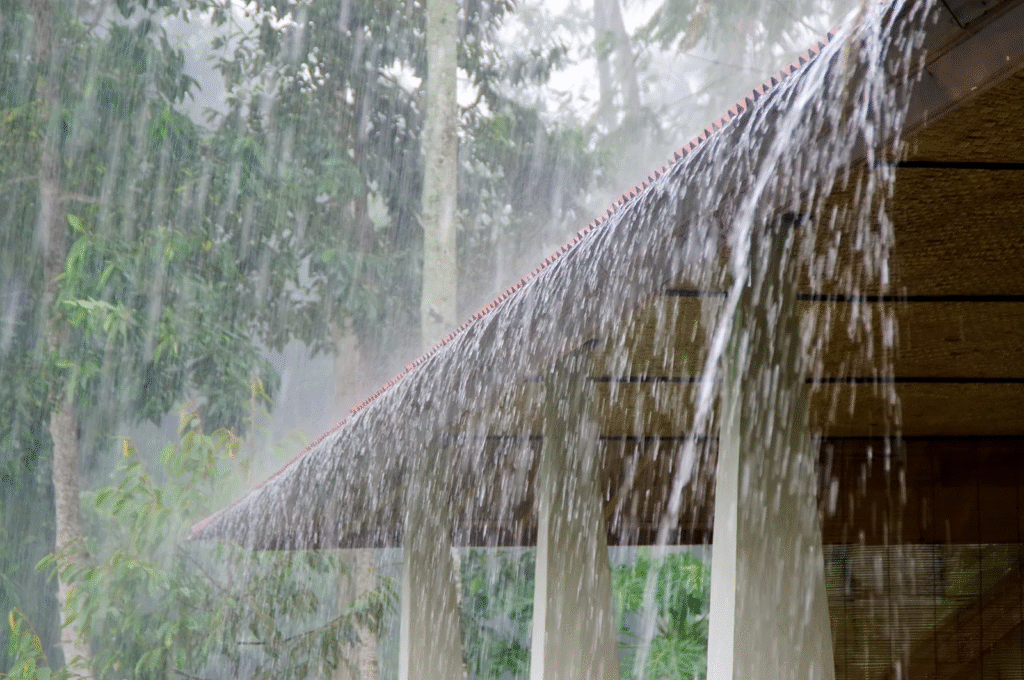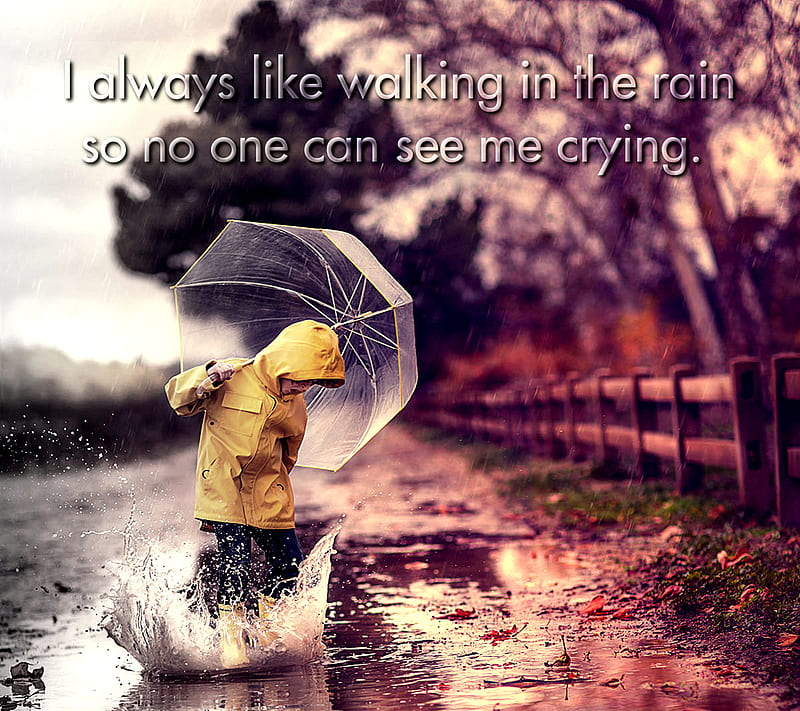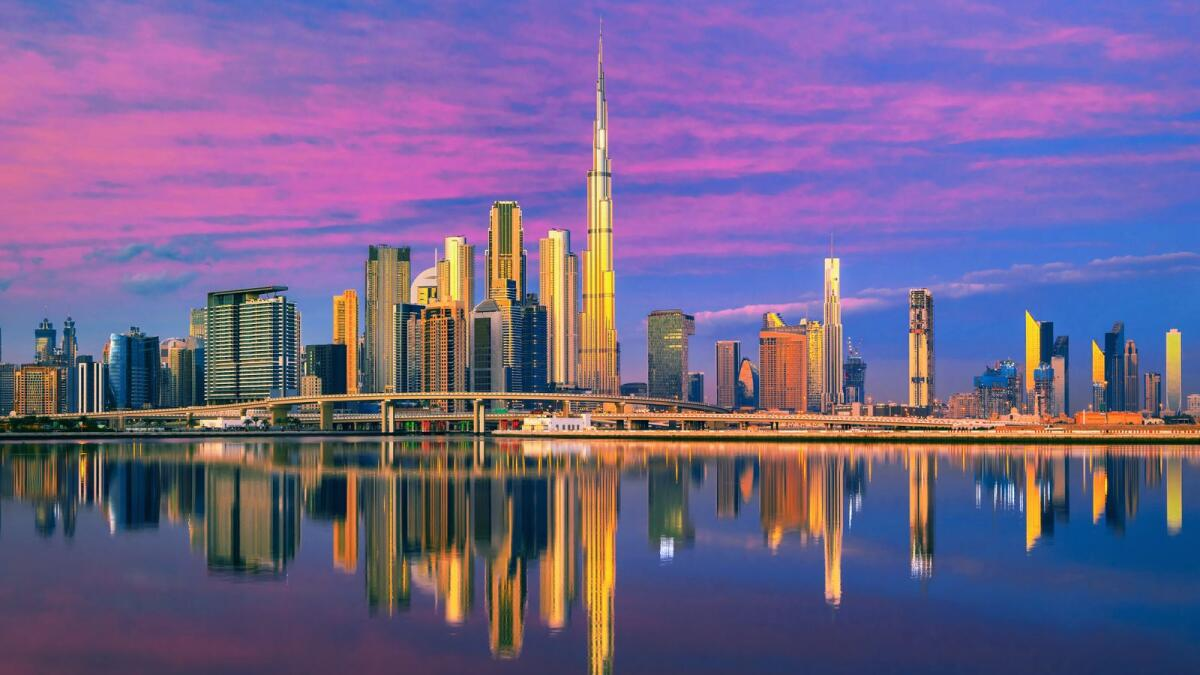Now Reading: You’ll Never See Rain the Same Way After This 2025!
-
01
You’ll Never See Rain the Same Way After This 2025!
You’ll Never See Rain the Same Way After This 2025!

Table of Contents
Water is one of the most important elements on Earth. We drink it, bathe in it, grow food with it, and use it for almost everything. But have you ever stopped to wonder where water goes after it rains—or how it ends up in your glass?
The answer lies in the water cycle—a natural process that has been happening for billions of years. Also called the hydrologic cycle, it moves water through the air, land, and sea in a continuous loop. Without it, life on Earth wouldn’t be possible.
Here are 10 amazing facts about the water cycle that will change how you see the next raindrop.
1. The Water You Drink Is Billions of Years

Yes, you read that right. The water in your bottle today could have been inside a dinosaur 100 million years ago. Water is constantly recycled through the water cycle. This means no new water is created—the Earth has had the same amount of water for over 4 billion years.
2. The Sun Is the Engine of the Water Cycle
The Sun plays the biggest role in driving the water cycle. Its heat causes water in rivers, lakes, and oceans to evaporate and turn into water vapor. This invisible gas rises into the air and starts the cycle all over again.
Without the Sun, there would be no clouds, no rain, and no fresh water.
3. Clouds Are Made of Tiny Water Droplets
Clouds may look soft and fluffy, but they’re actually made of millions of tiny water droplets or ice crystals. These droplets form when water vapor in the air cools and condenses.
When the cloud gets heavy enough, it releases this water as rain, snow, or hail.
4. Rain Doesn’t Always Fall as Liquid Water
Depending on the temperature, water can fall from clouds as rain, snow, sleet, or hail. In fact, snow is just frozen water vapor that turns into ice crystals in the sky before reaching the ground.
This part of the cycle is called precipitation, and it’s how water returns to the Earth.
5. Plants Help Water Return to the Air
Ever wonder where water goes after it rains? Some of it is absorbed by plants. Then, through a process called transpiration, plants release water vapor back into the air through tiny openings in their leaves.
In tropical rainforests, nearly 90% of water comes from this process!
6. Water Travels Underground Too
Not all water flows into rivers or streams. Some of it seeps into the ground and becomes part of underground water storage, also known as groundwater. This hidden water can move slowly for thousands of years before returning to the surface.
Groundwater is one of our main sources of drinking water.
7. Oceans Are the Largest Water Source on Earth
Oceans cover over 70% of the Earth’s surface and hold about 97% of all water. Most evaporation happens here, which helps form clouds and weather systems. Even though ocean water is salty, the water cycle helps turn it into fresh water through evaporation and rainfall.
8. The Water Cycle Helps Control Earth’s Climate
Without the water cycle, the Earth’s temperatures would be extreme and unbalanced. Water absorbs heat when it evaporates and releases it when it condenses. This process helps to regulate temperatures, create winds, and form clouds—making the Earth livable.
9. Humans Impact the Water Cycle Every Day
From cutting down trees to building cities and dams, human activities can disrupt the water cycle. For example, fewer trees mean less transpiration, while paved roads prevent rainwater from soaking into the ground. This can cause floods, droughts, and climate change.
Being aware of our actions can help protect the water cycle.
10. The Water Cycle Never Stops
The most amazing fact of all? The water cycle is always working, 24/7. Whether it’s raining, snowing, or sunny outside, water is moving above, below, and around you. It’s a never-ending system that supports all living things.
So the next time you take a sip of water, remember: it has traveled across clouds, oceans, mountains, and maybe even time itself to reach you.
Why the Water Cycle Matters Today

As global temperatures rise and extreme weather becomes more common, understanding the water cycle is more important than ever. Clean water is not an unlimited resource. Knowing how it moves, where it goes, and how we affect it can help us protect our environment and our future.
Schools, cities, and families around the world are now finding ways to reuse water, conserve it, and protect water sources. Whether it’s fixing a leaky faucet or planting trees, small actions can keep the cycle strong and healthy.
Final Thoughts
The water cycle may seem simple, but it’s a powerful system that affects everything from the weather to the water in your home. These ten facts show just how amazing and complex it really is.
So the next time it rains or you see a cloud, take a moment to think about the incredible journey that drop of water is on.
Read More:- Deyaar’s Latest Announcement Shakes Up the UAE Property Market






















